Home>Furniture & Design>Bathroom Accessories>What Is A First Aid Kit Used For In A Lab
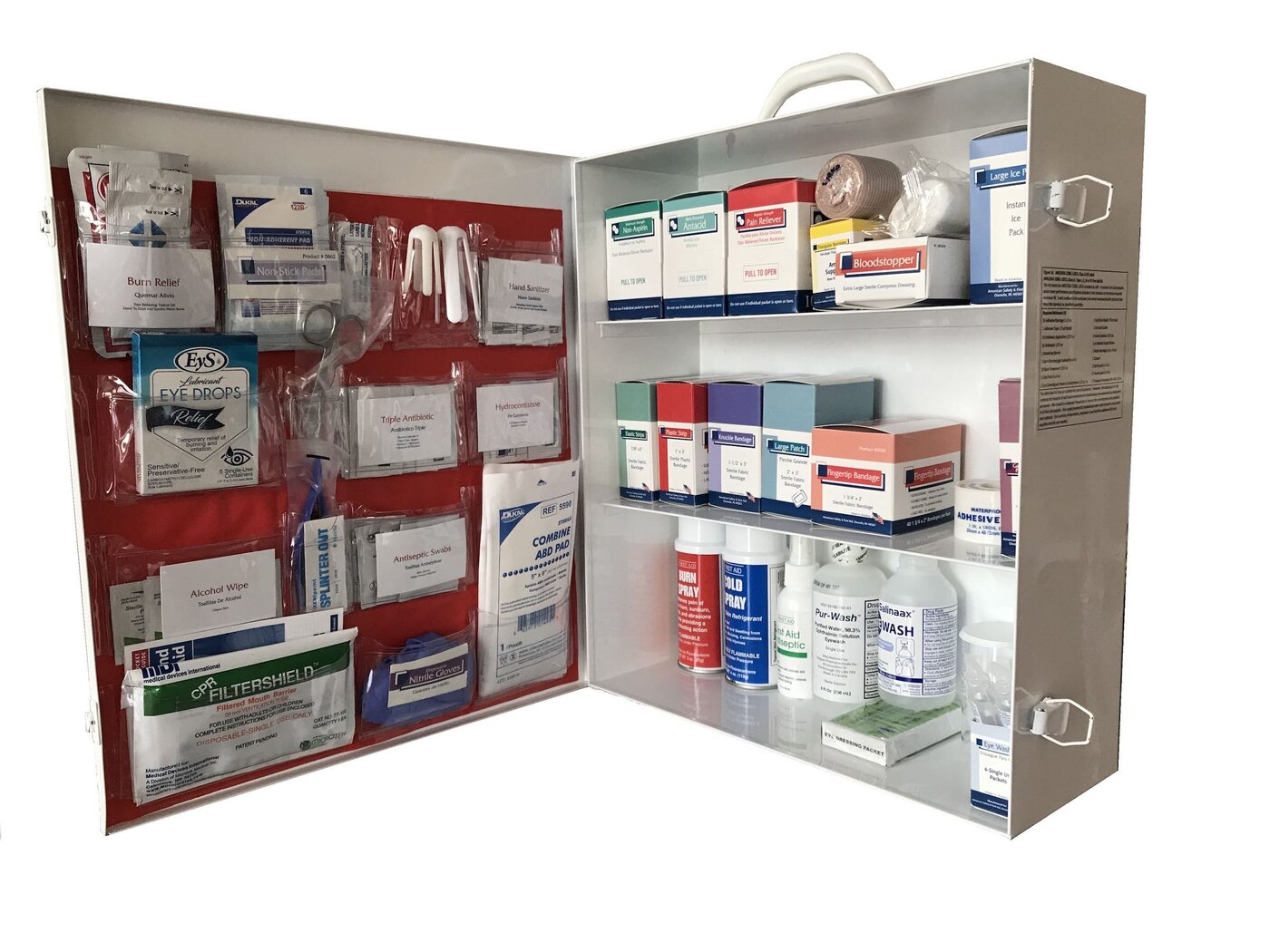

Bathroom Accessories
What Is A First Aid Kit Used For In A Lab
Published: February 10, 2024
Discover the essential uses of a first aid kit in a lab and ensure workplace safety with the right bathroom accessories. Explore the importance of having a well-equipped first aid kit for handling emergencies.
(Many of the links in this article redirect to a specific reviewed product. Your purchase of these products through affiliate links helps to generate commission for Storables.com, at no extra cost. Learn more)
Introduction
In a laboratory setting, safety is of paramount importance. The potential for accidents and injuries is inherent in any environment where experiments, research, and testing take place. As such, having a well-equipped first aid kit readily available is not just a precautionary measure, but a necessity. A first aid kit serves as a crucial resource for addressing minor injuries and providing initial care until professional medical assistance can be sought.
The significance of a first aid kit in a lab cannot be overstated. It is a fundamental component of the lab's safety protocol, ensuring that immediate medical attention can be administered in the event of an accident. Whether it's a small cut, a burn, or a minor chemical exposure, having the necessary supplies at hand can make a significant difference in the outcome of an injury.
Laboratory work often involves handling sharp objects, working with potentially hazardous chemicals, and operating complex equipment. In such an environment, the risk of accidents is a reality that cannot be ignored. Therefore, the presence of a well-stocked first aid kit underscores the commitment to maintaining a safe and secure workspace for all personnel.
As we delve into the importance of first aid kits in a lab and explore the contents of these essential kits, it becomes evident that they are not just a regulatory requirement but a proactive measure to safeguard the well-being of everyone in the laboratory. Let's delve deeper into the significance of first aid kits and understand their role in promoting a culture of safety and preparedness in the lab environment.
Key Takeaways:
- First aid kits in labs are crucial for addressing injuries and promoting safety. They provide immediate care for cuts, burns, and chemical exposure, demonstrating a proactive commitment to well-being.
- Understanding common lab injuries and how to use a first aid kit fosters a culture of safety. Proper utilization and restocking ensure a secure environment for lab personnel.
Importance of First Aid Kits in a Lab
The presence of a well-equipped first aid kit in a laboratory is indispensable for ensuring the safety and well-being of all individuals working in that environment. Laboratories are inherently associated with a range of potential hazards, including chemical exposure, cuts, burns, and other injuries. In such a setting, the immediate availability of a first aid kit can make a critical difference in addressing and managing these incidents effectively.
First aid kits play a pivotal role in providing prompt and appropriate care for minor injuries. In a laboratory, where the risk of accidents is inherent due to the nature of the work being carried out, having access to essential medical supplies can mitigate the impact of these incidents. Whether it's a small cut from handling laboratory equipment or a minor burn from a hot surface, the availability of a first aid kit ensures that immediate care can be provided, reducing the risk of complications and promoting a swift recovery.
Moreover, the presence of a first aid kit in a lab underscores the commitment to safety and preparedness. It serves as a tangible demonstration of the organization's dedication to creating a secure work environment for its personnel. By proactively equipping the lab with the necessary medical supplies, the management communicates a clear message that the well-being of its employees is a top priority.
In the event of more serious injuries, a well-stocked first aid kit can provide crucial support until professional medical help arrives. This can be particularly significant in cases of chemical exposure or more severe cuts and burns. The immediate availability of supplies such as bandages, antiseptics, and eye wash solutions can help stabilize the situation and minimize the impact of the injury before advanced medical intervention is accessed.
Furthermore, the presence of first aid kits in a lab is often a regulatory requirement. Regulatory bodies and safety standards mandate the availability of first aid resources in workplaces, including laboratories, to ensure compliance with safety protocols and emergency preparedness. Adhering to these regulations not only safeguards the well-being of individuals but also demonstrates the lab's commitment to upholding industry standards and best practices.
In essence, the importance of first aid kits in a lab cannot be overstated. They serve as a fundamental component of the lab's safety infrastructure, providing immediate support for addressing injuries and promoting a culture of preparedness and well-being. By recognizing the significance of first aid kits and ensuring their accessibility and adequacy, laboratories can reinforce their commitment to safety and create a secure environment for all personnel.
Contents of a First Aid Kit
A well-equipped first aid kit is a cornerstone of safety in any laboratory setting. The contents of a first aid kit are carefully selected to address a range of potential injuries and incidents that may occur in a lab environment. While the specific contents may vary based on the nature of the work conducted in the lab and the associated risks, there are essential items that are commonly found in most first aid kits.
-
Bandages and Dressings: These are fundamental components of a first aid kit and are essential for addressing cuts, scrapes, and other minor wounds. Adhesive bandages, sterile gauze pads, and adhesive tape are typically included to provide immediate wound care.
-
Antiseptics and Cleansing Agents: To prevent infection and promote proper wound care, antiseptic wipes, hydrogen peroxide, and alcohol-based cleansing agents are included in the first aid kit. These items are crucial for disinfecting wounds before applying dressings.
-
Burn Cream or Gel: Given the potential for burns in a lab setting, burn cream or gel is a vital inclusion in the first aid kit. These products provide soothing relief and aid in the healing of minor burns caused by heat or chemical exposure.
-
Eye Wash Solution: Eye wash solution is a critical component, especially in laboratories where there is a risk of chemical splashes or foreign particles entering the eyes. Immediate access to eye wash solution can help mitigate the impact of eye injuries and prevent further damage.
-
Disposable Gloves: Disposable gloves are essential for the individual providing first aid, as they help prevent cross-contamination and ensure hygienic wound care practices.
-
Scissors and Tweezers: These tools are included to facilitate the safe and precise application of dressings and to assist in removing splinters or foreign objects from wounds.
-
Resuscitation Mask: In the event of a medical emergency requiring CPR, a resuscitation mask is a crucial addition to the first aid kit. It provides a barrier for performing rescue breathing while minimizing the risk of exposure to bodily fluids.
-
First Aid Manual: A comprehensive first aid manual is often included to provide guidance on administering basic first aid and managing common injuries effectively.
-
Emergency Contact Information: It is essential to have a list of emergency contact numbers, including local medical facilities and emergency services, readily available in the first aid kit.
-
Personal Protective Equipment (PPE): Depending on the specific hazards present in the lab, the first aid kit may also include additional personal protective equipment such as safety goggles, face shields, or disposable coveralls.
The contents of a first aid kit are meticulously selected to address a spectrum of potential injuries and emergencies that may arise in a lab environment. By ensuring that the first aid kit is adequately stocked and regularly maintained, laboratories can enhance their preparedness and demonstrate a proactive commitment to the safety and well-being of their personnel.
Always keep a first aid kit in the lab for quick access to supplies in case of accidents or injuries. It should contain items like bandages, antiseptic wipes, gloves, and eyewash solution.
Common Injuries in a Lab Setting
Laboratories are dynamic environments where scientific research, experimentation, and analysis take place. While these activities drive innovation and discovery, they also present inherent risks that can lead to various types of injuries. Understanding the common injuries that can occur in a lab setting is essential for implementing effective safety measures and ensuring prompt and appropriate responses to incidents.
-
Cuts and Lacerations: Handling sharp laboratory equipment, glassware, or instruments can result in cuts and lacerations. Accidental contact with sharp edges or broken glass poses a significant risk, especially during experimental procedures or when manipulating samples. These injuries require immediate attention to control bleeding and prevent infection.
-
Chemical Exposures: Laboratories often handle a diverse range of chemicals, some of which can be hazardous if mishandled. Chemical splashes, spills, or inhalation of fumes can lead to skin irritation, burns, respiratory issues, or eye injuries. Prompt intervention is crucial to mitigate the effects of chemical exposures and prevent further harm.
-
Burns: The presence of heat sources, open flames, hot surfaces, and chemical reactions in a lab environment increases the risk of burns. Whether it's a thermal burn from contact with hot equipment or a chemical burn from exposure to corrosive substances, these injuries necessitate immediate treatment to alleviate pain and minimize tissue damage.
-
Eye Injuries: Lab work involves the use of various substances and materials that can pose a threat to eye safety. Chemical splashes, foreign particles, or airborne contaminants can cause eye irritation, abrasions, or more severe injuries. Rapid access to eye wash solutions and appropriate eye care measures is critical in addressing these incidents.
-
Puncture Wounds: Needles, sharp objects, or laboratory tools can cause puncture wounds, which may result from accidental pricks or mishandling of equipment. These injuries require careful attention to prevent infection and ensure proper wound management.
-
Sprains and Strains: The physical demands of laboratory work, including lifting, carrying, and repetitive movements, can lead to musculoskeletal injuries such as sprains and strains. Ergonomic considerations and proper lifting techniques are essential in minimizing the risk of these injuries.
-
Electrical Shocks: The presence of electrical equipment and instruments in a lab setting increases the potential for electrical shocks. Accidental contact with live wires or faulty equipment can result in electrical injuries, requiring immediate assessment and appropriate first aid measures.
By recognizing the common injuries that can occur in a lab setting, laboratories can proactively implement safety protocols, provide comprehensive training on injury prevention, and ensure the availability of well-equipped first aid kits. This proactive approach not only mitigates the risk of incidents but also fosters a culture of safety and preparedness, ultimately promoting a secure and supportive environment for all individuals working in the laboratory.
How to Use a First Aid Kit in a Lab
When it comes to utilizing a first aid kit in a laboratory setting, familiarity with its contents and proper application of first aid principles are essential. Here's a step-by-step guide on how to effectively use a first aid kit in a lab:
-
Assess the Situation: In the event of an injury or medical incident, it's crucial to assess the situation calmly and promptly. Determine the nature and severity of the injury to gauge the appropriate response.
-
Ensure Personal Safety: Before providing assistance, ensure your own safety. If the situation involves hazardous materials or conditions, take necessary precautions and use personal protective equipment (PPE) as required.
-
Retrieve the First Aid Kit: Locate the nearest first aid kit and bring it to the site of the incident. Ensure that the area is well-lit and accessible to facilitate the provision of first aid.
-
Evaluate the Injury: Carefully examine the nature of the injury. Identify any bleeding, burns, or other visible signs of trauma. Assess the affected area to determine the appropriate course of action.
-
Administer First Aid: Based on the nature of the injury, begin administering first aid using the supplies from the kit. For cuts and lacerations, clean the wound with antiseptic wipes and apply sterile dressings. In the case of burns, use burn cream or gel to soothe the affected area. For chemical exposures, utilize the eye wash solution or other appropriate cleansing agents.
-
Seek Additional Assistance if Needed: If the injury is severe or requires advanced medical attention, promptly contact emergency services or seek assistance from designated medical personnel within the facility.
-
Document the Incident: It's important to document the details of the incident, including the type of injury, the first aid measures administered, and any additional assistance sought. This documentation is valuable for reporting and analysis purposes.
-
Restock the First Aid Kit: After using the first aid kit, ensure that it is restocked with the necessary supplies. Replace any used or expired items to maintain the kit's readiness for future use.
By following these steps and being prepared to respond effectively to medical incidents, individuals working in a laboratory can contribute to a safe and secure environment. Proper utilization of the first aid kit is a proactive measure that underscores the commitment to the well-being of all personnel in the lab.
Conclusion
In conclusion, the presence of a well-equipped first aid kit in a laboratory is not just a regulatory requirement, but a fundamental aspect of ensuring the safety and well-being of all individuals working in that environment. The significance of first aid kits in a lab setting cannot be overstated, as they serve as a proactive measure to address potential injuries and medical incidents effectively.
By understanding the common injuries that can occur in a lab setting and recognizing the importance of prompt and appropriate first aid, laboratories can foster a culture of safety and preparedness. The contents of a first aid kit, ranging from bandages and antiseptics to eye wash solutions and personal protective equipment, are meticulously selected to address a spectrum of potential injuries, demonstrating the proactive commitment to providing immediate care when needed.
Moreover, the utilization of a first aid kit in a lab requires familiarity with its contents and the proper application of first aid principles. By following a structured approach to assessing the situation, administering first aid, and seeking additional assistance when necessary, individuals in the lab can contribute to creating a secure and supportive environment for all personnel.
The presence of first aid kits in a lab not only aligns with regulatory standards but also communicates a clear message of prioritizing the well-being of employees. It underscores the commitment to safety and preparedness, ultimately contributing to a culture where individuals feel supported and secure in their work environment.
In essence, the role of first aid kits in a lab extends beyond being a mere safety requirement; it embodies a proactive stance towards safeguarding the health and safety of everyone in the laboratory. By recognizing their significance, understanding their contents, and being prepared to utilize them effectively, laboratories can reinforce their commitment to creating a secure and supportive environment for all individuals working within the facility.
Frequently Asked Questions about What Is A First Aid Kit Used For In A Lab
Was this page helpful?
At Storables.com, we guarantee accurate and reliable information. Our content, validated by Expert Board Contributors, is crafted following stringent Editorial Policies. We're committed to providing you with well-researched, expert-backed insights for all your informational needs.
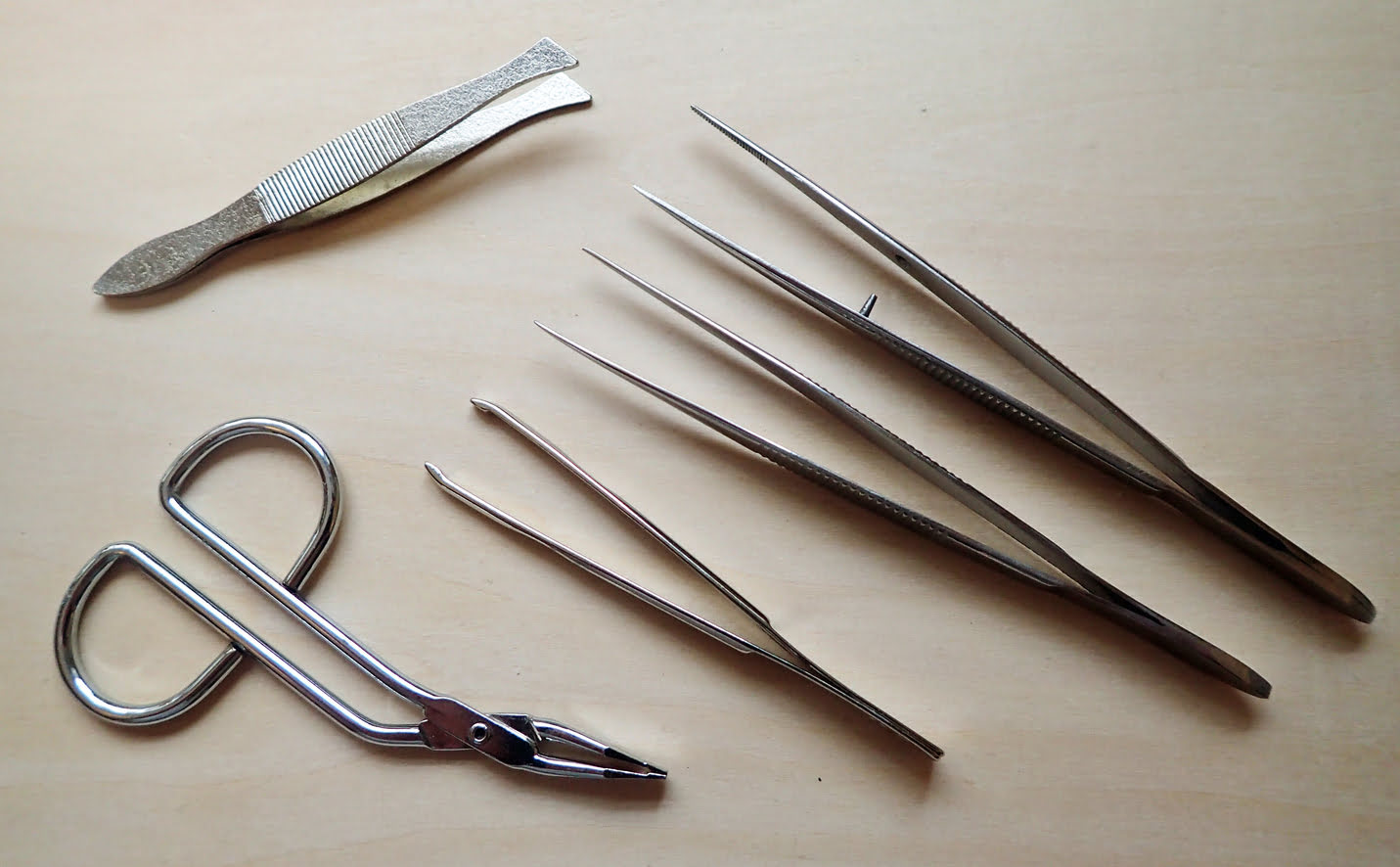
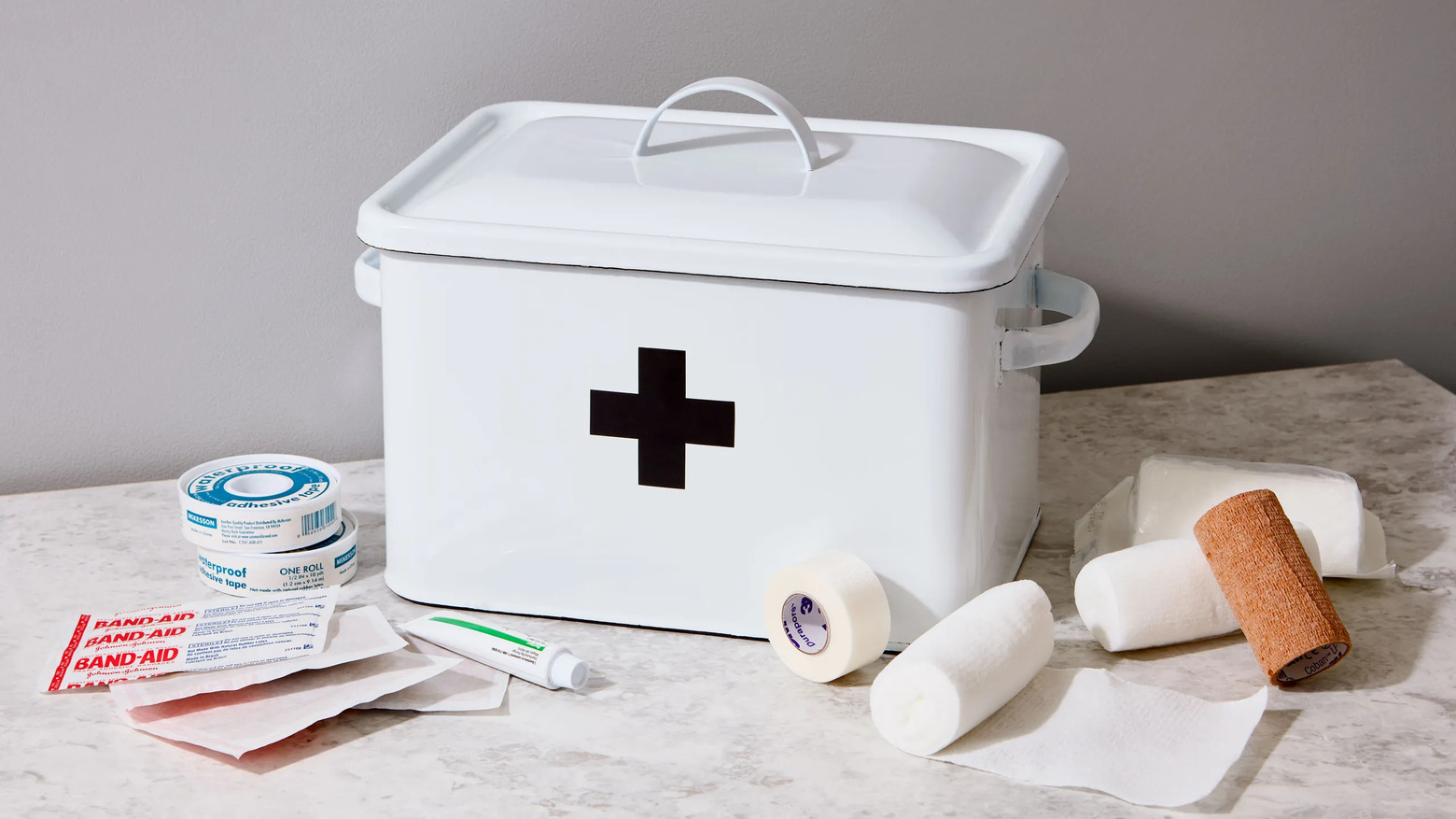
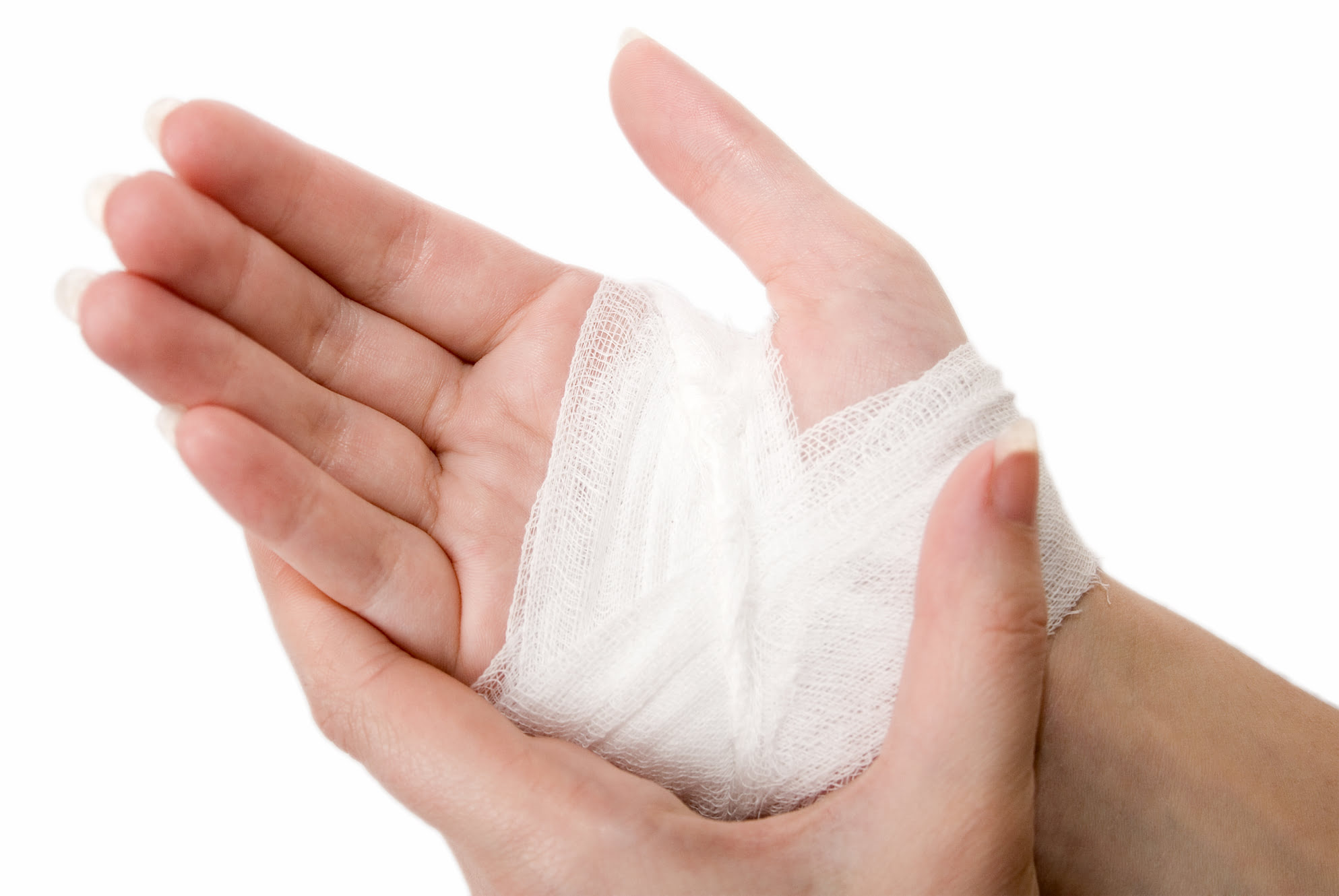
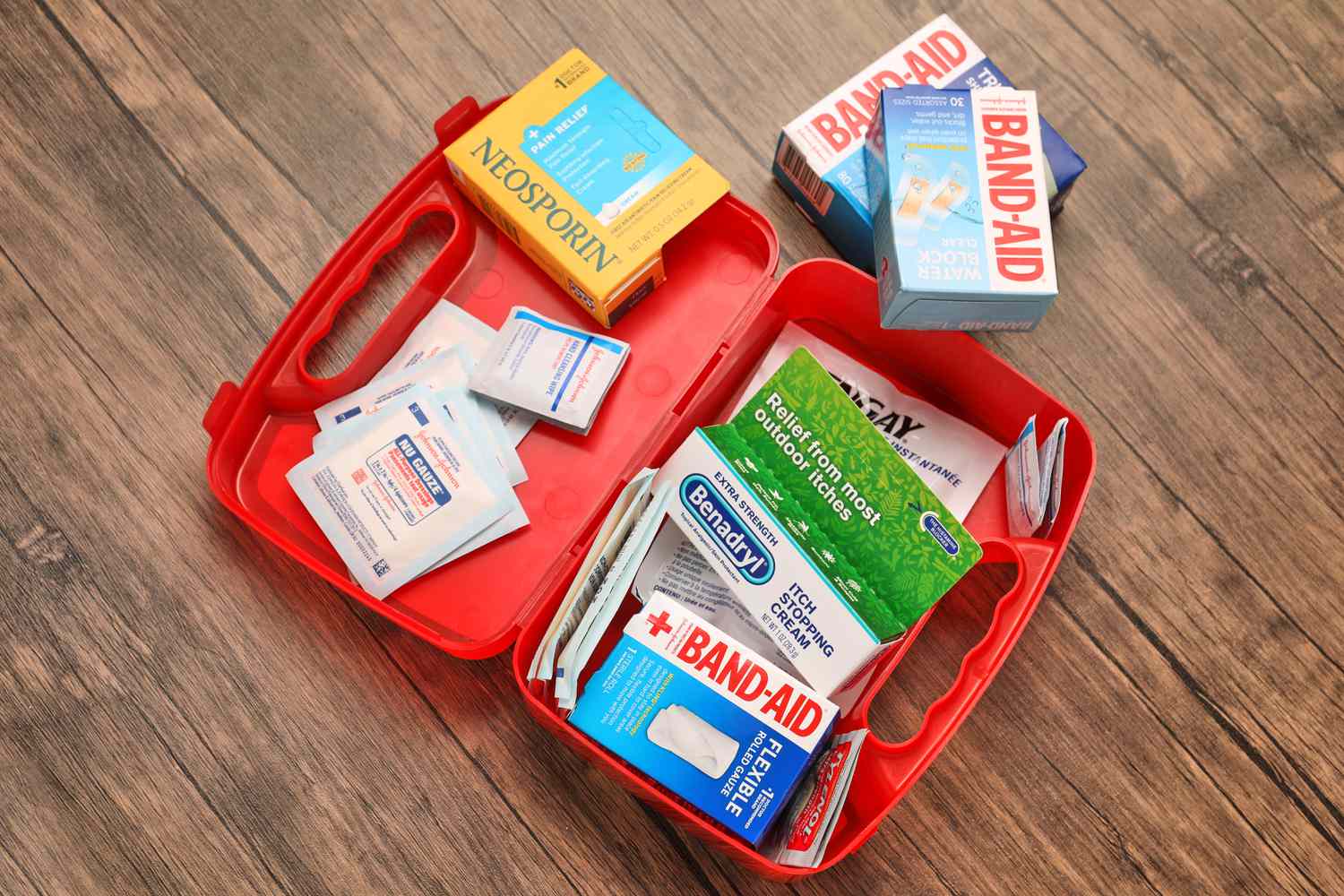
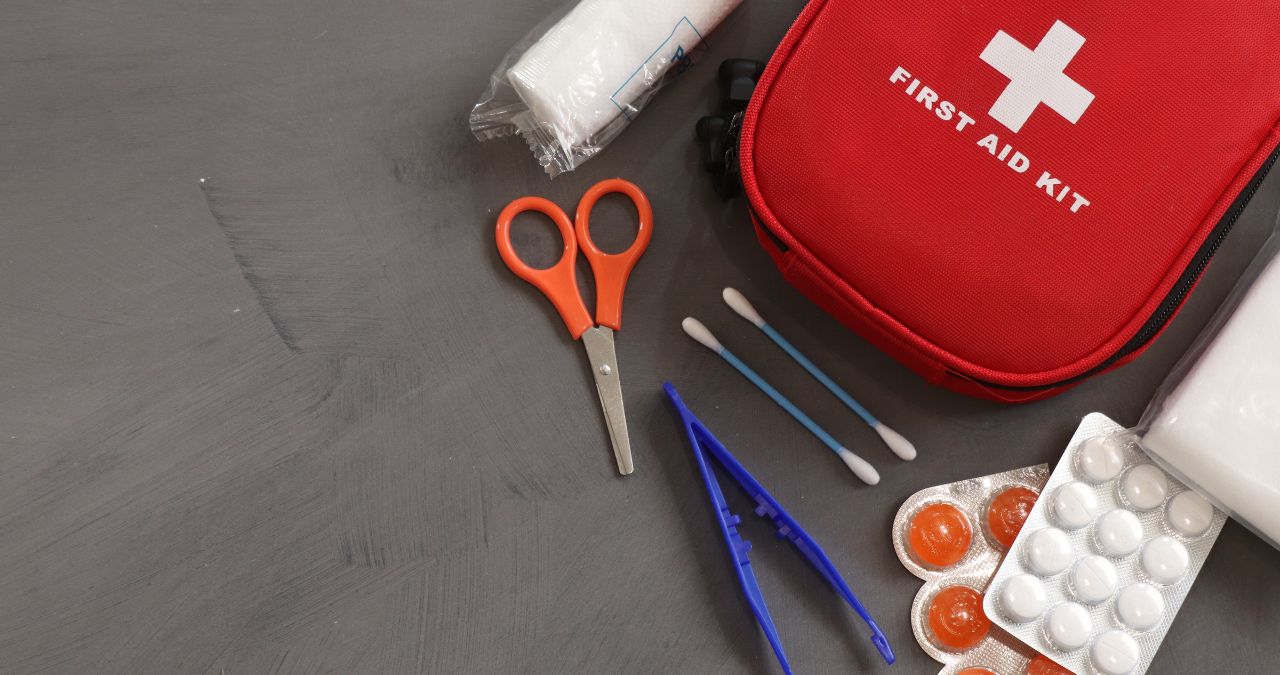
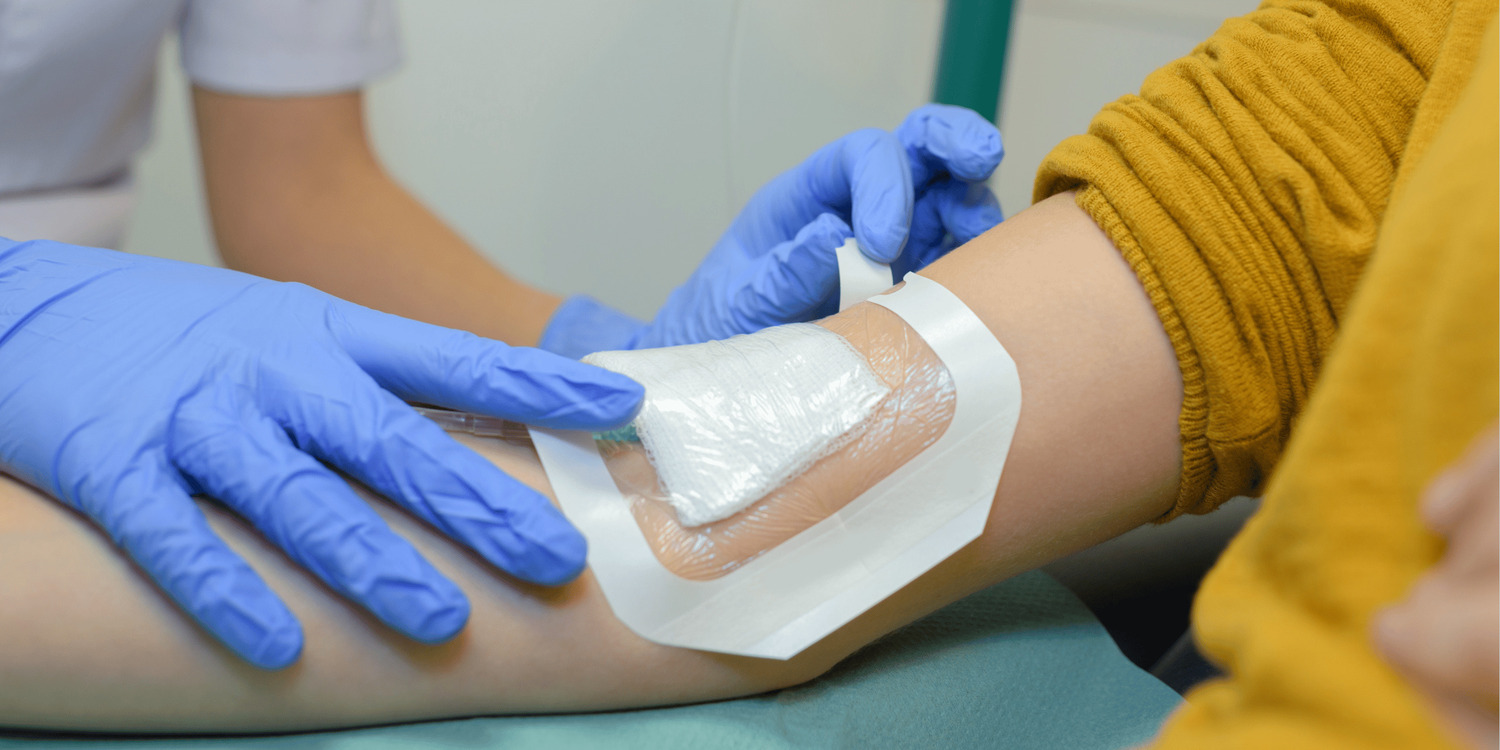
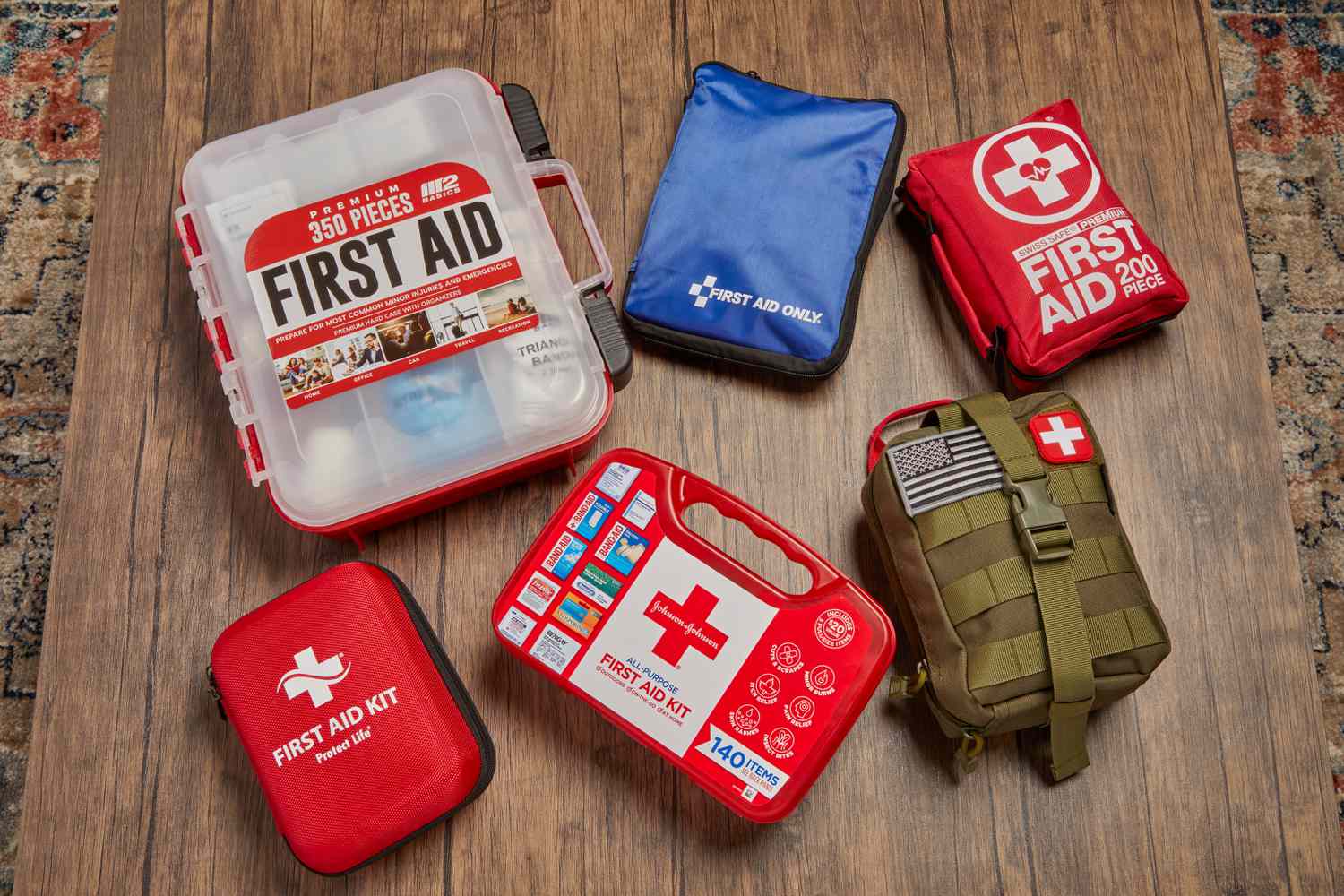
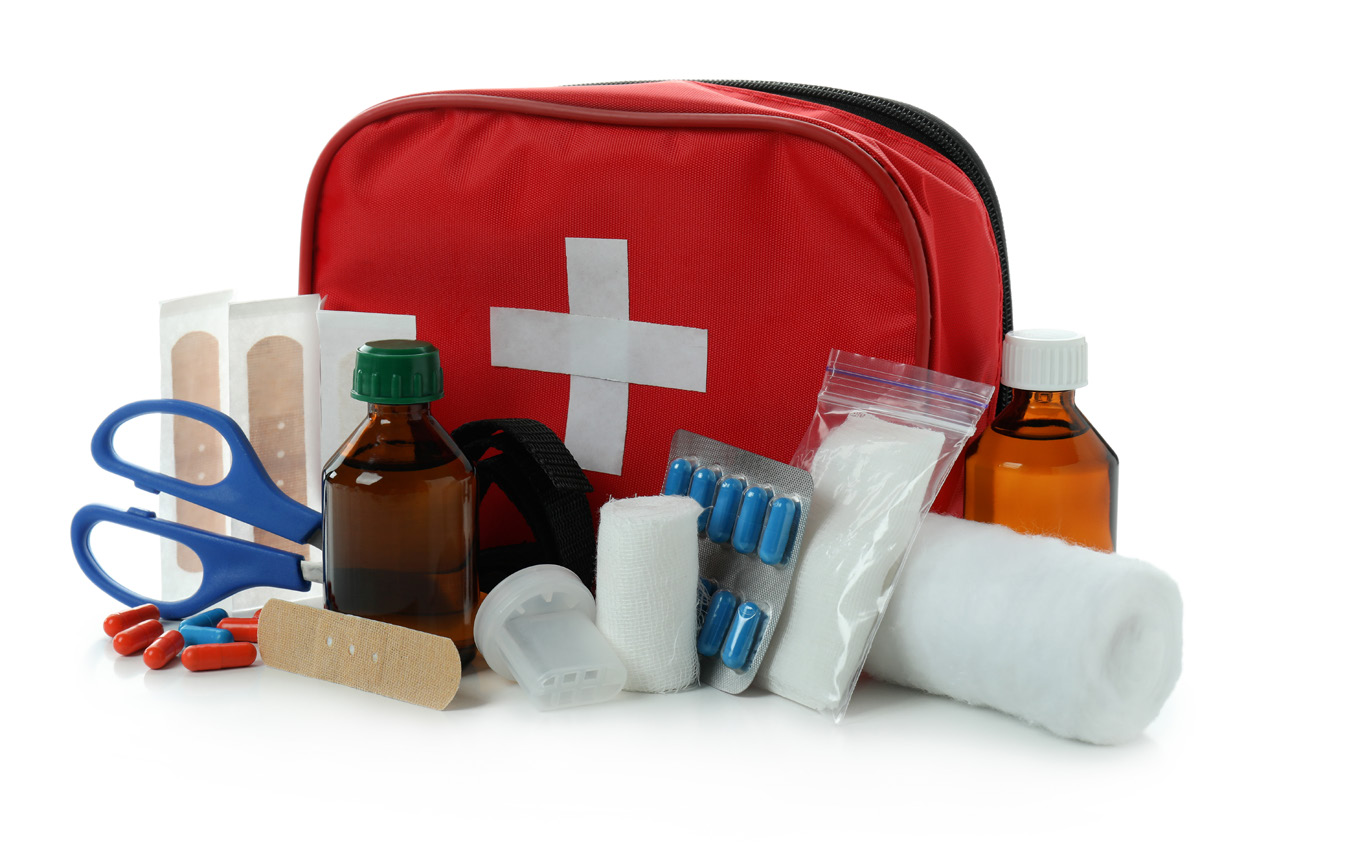
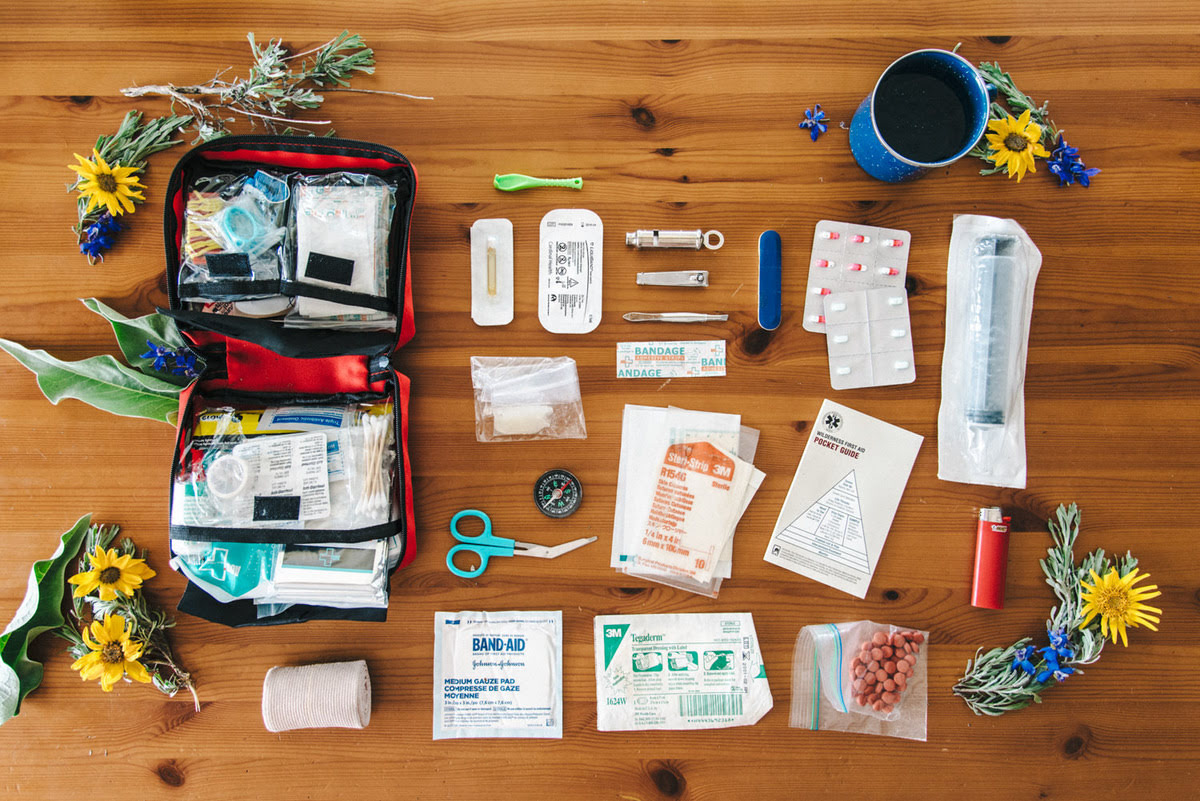
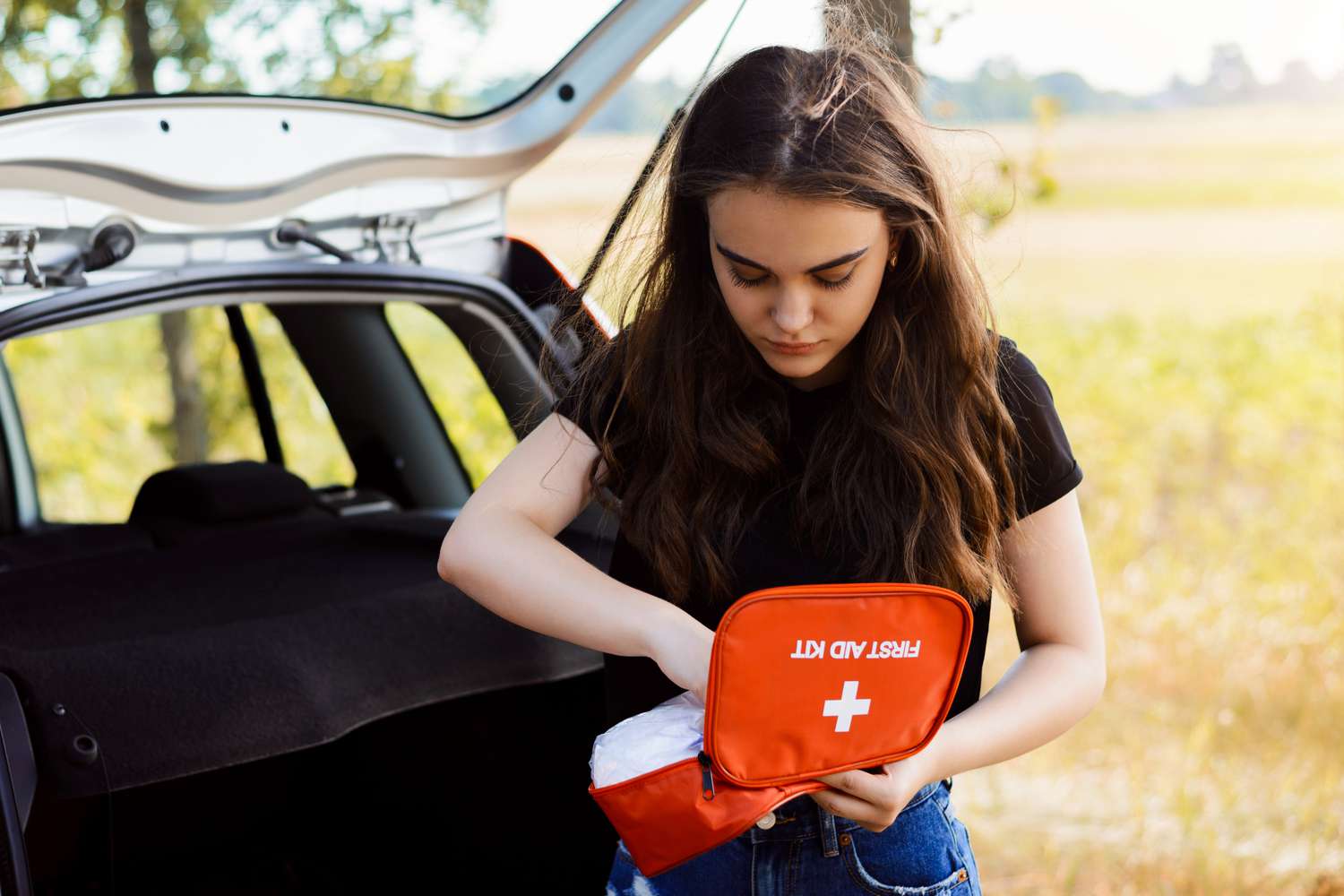
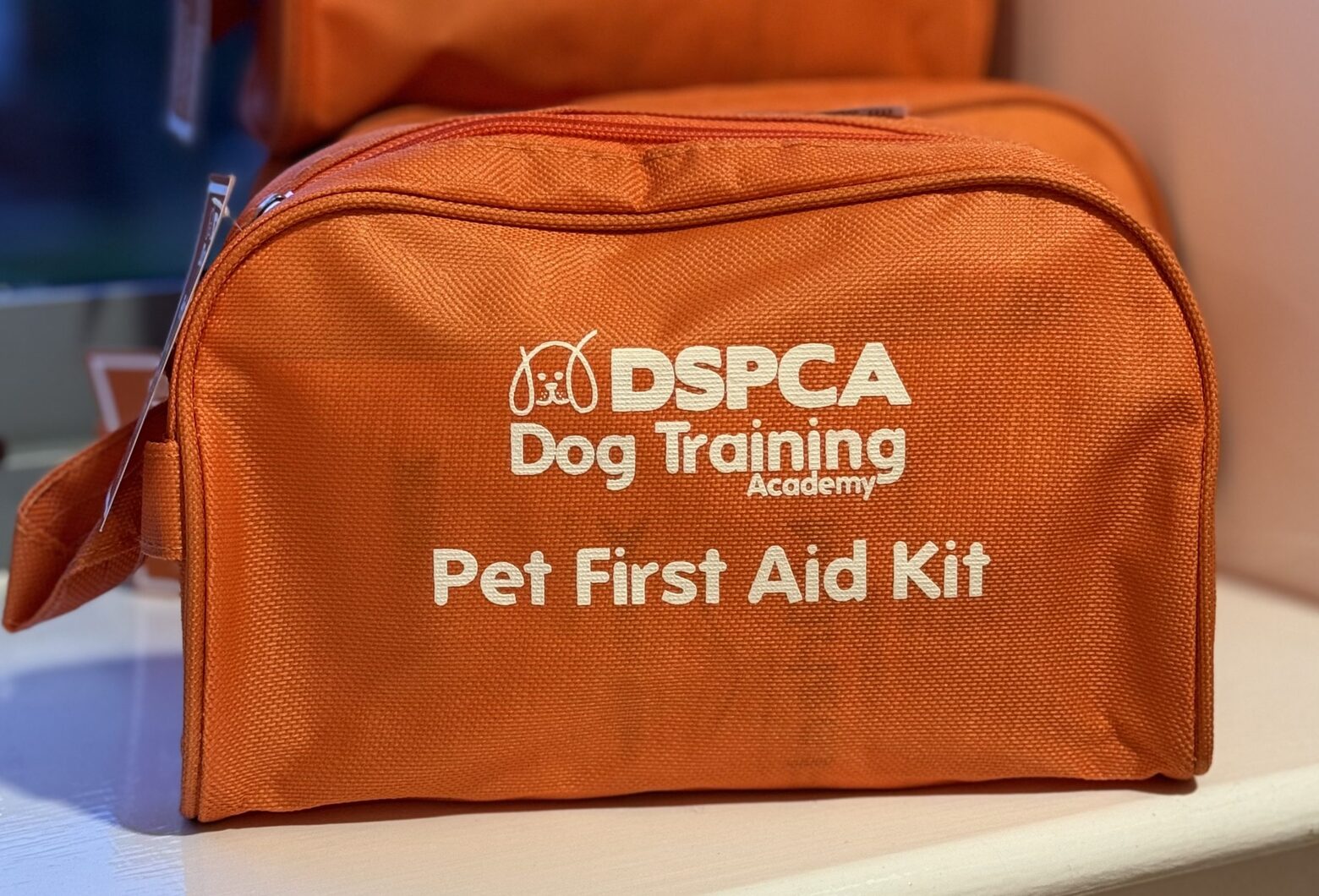
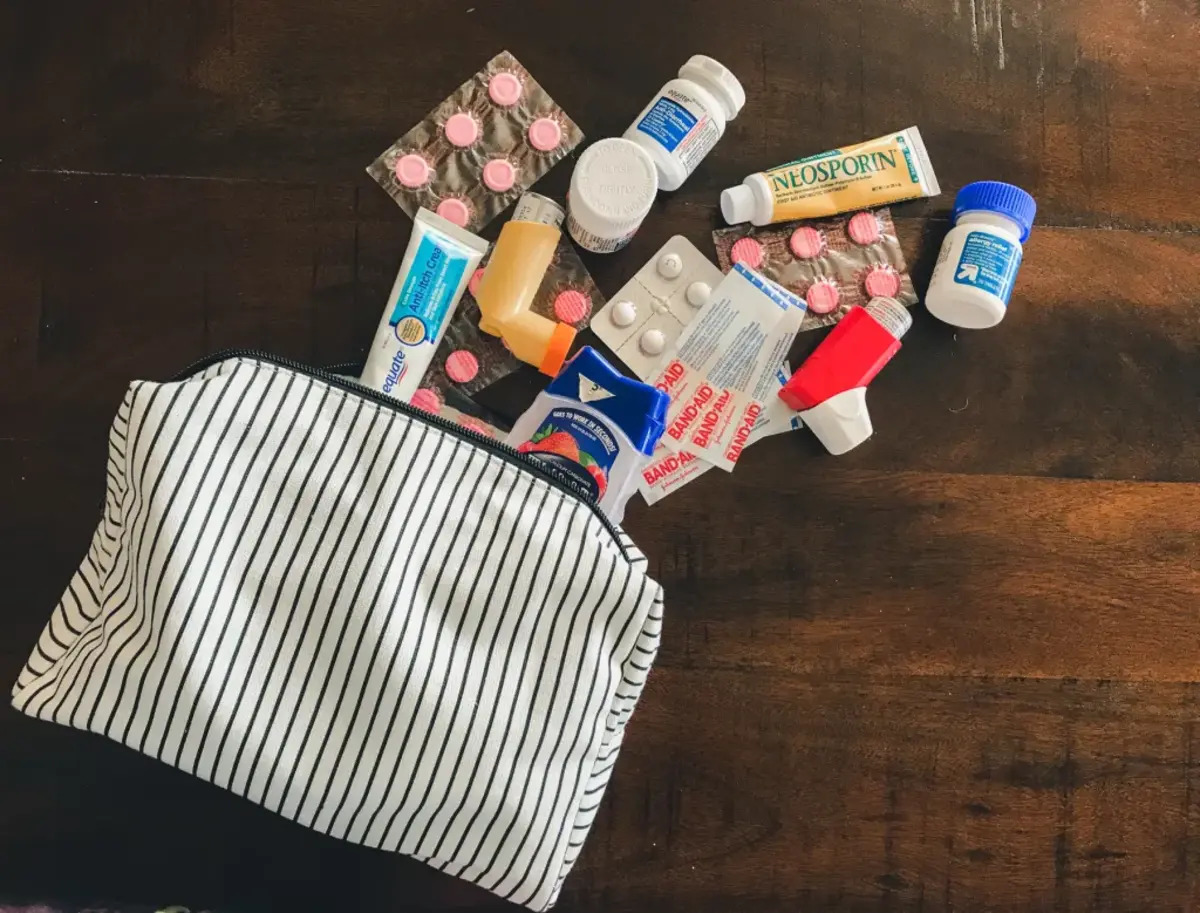
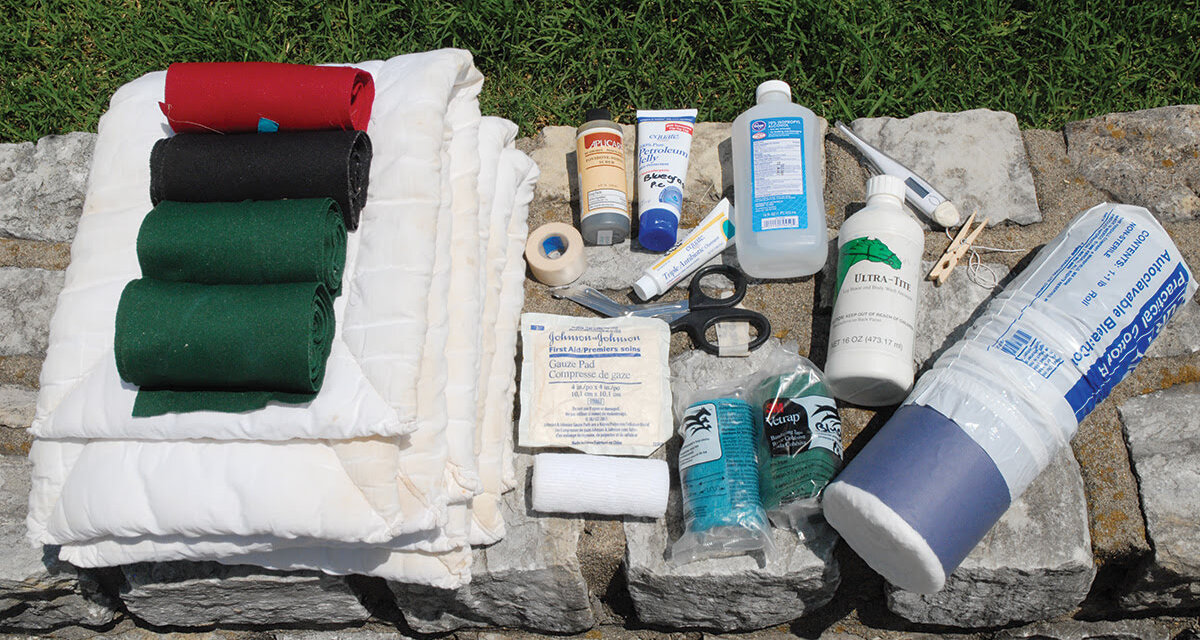
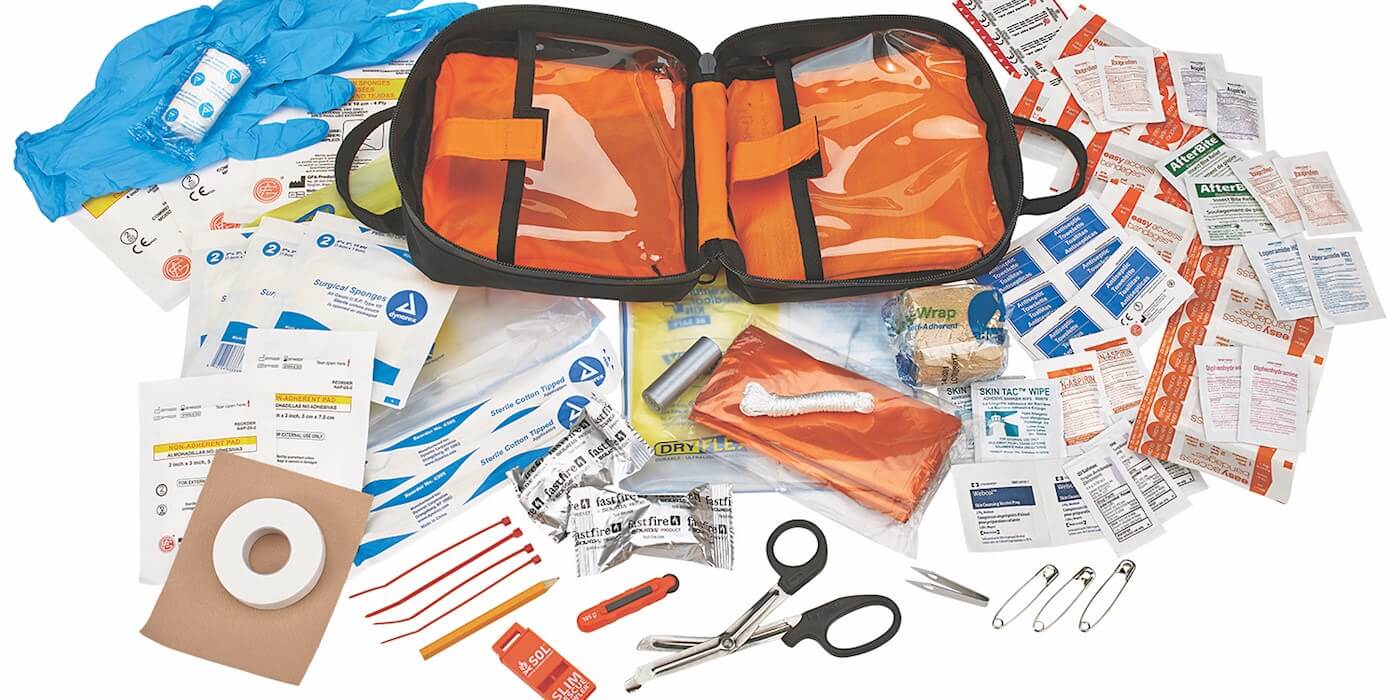

0 thoughts on “What Is A First Aid Kit Used For In A Lab”